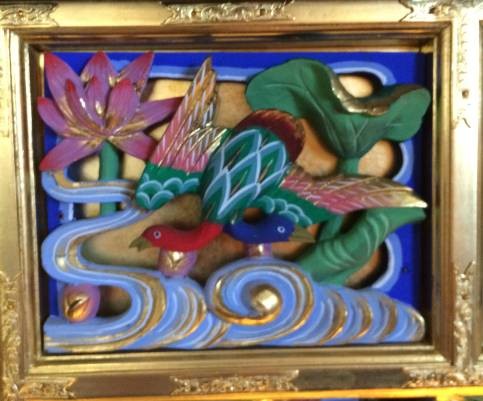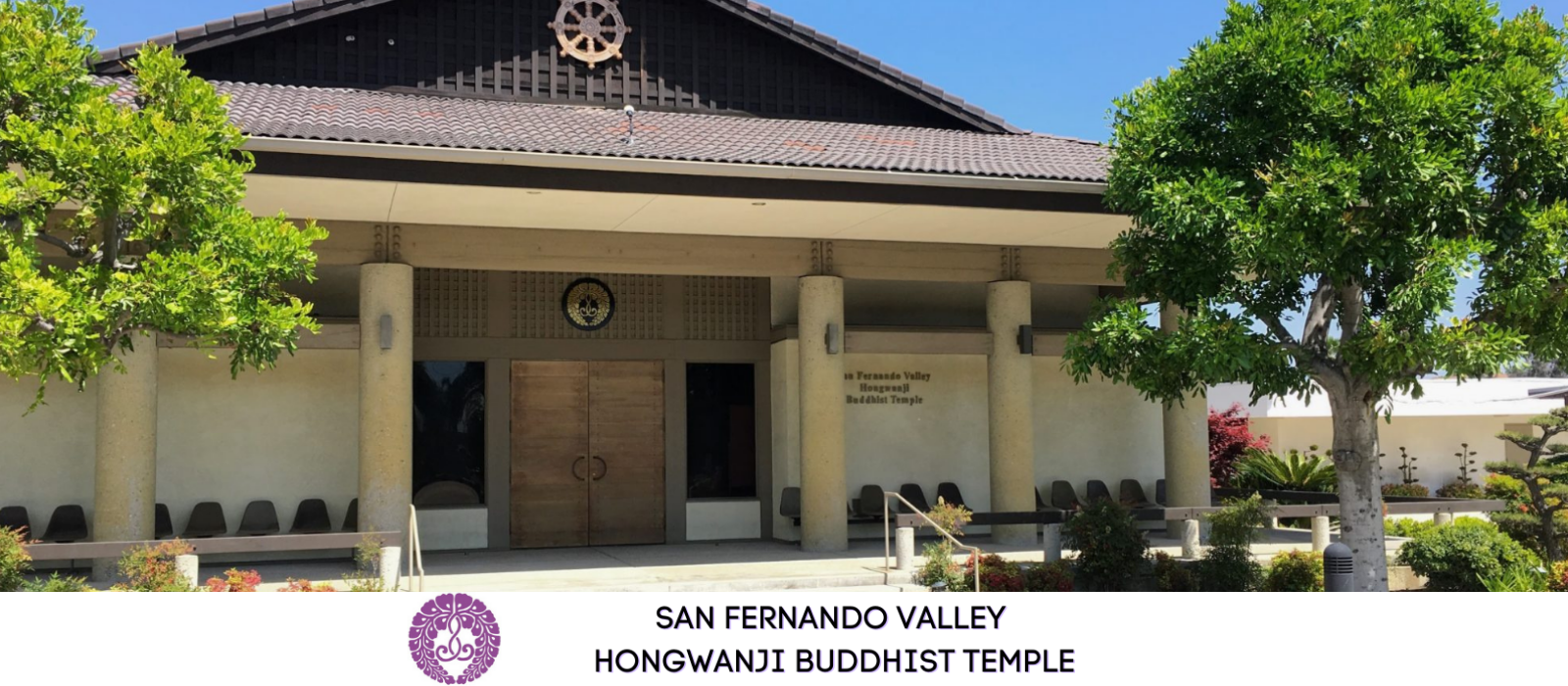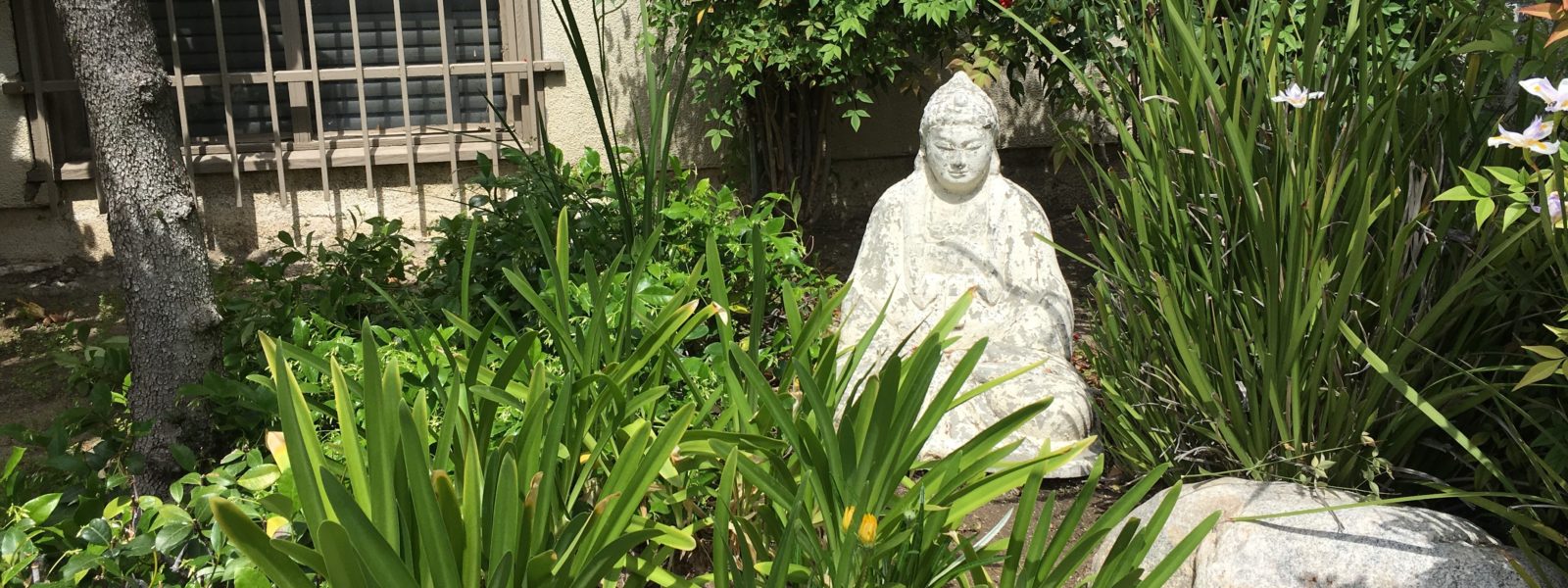Many But One
“… in the Pure Land there are always many kinds of rare and beautiful birds of various colours, such as white geese, peacocks, parrots, saris (mynahs), kalavinkas and jivamjivakas. They sing with melodious and delicate sounds which proclaim the teachings. On hearing them, all the people of that land are mindful of the Buddha, the Dharma and the Sangha.”
[The Smaller Sutra on Amitayus (Immeasurable Life), 3]
Violence. Hatred. Bigotry. In our world, the pervasiveness is numbing. How are we to understand the overwhelming sense of unease and fear that gnaws at us as a result? Is there any way to find peace for ourselves and for all beings?
The history of humankind is rife with ugly language and vile deeds. At the same time, less noticeable for its ubiquity is the universal goodwill that lies at the deepest heart of life. Considering that our species continues to exist after thousands of years of misguided views and destructive actions speaks volumes about the power of the immeasurable wisdom and compassion inherent in life to transcend even the most extreme acts of deluded ignorance. As imperfect beings, we would be lost without such profound benevolence.
The Amida Sutra passage quoted above depicts one aspect of a pure and perfect state of peace and harmony. It is not a place to which one goes after death, but exists here and now for us, if we can awaken to it. Like all sutras, it is meant to tell a story or paint a picture of something that is difficult to access through ordinary words alone, so mythological images are also used. A kalavinka is a songbird with the head of a woman. All beings without exception, regardless of appearance or other differences, are equally welcome and exist harmoniously in such an environment.
Another mythical bird, the jivamjivaka, has one body with two heads. The story goes that one day, the two heads quarrelled over food. Succumbing to greed, anger, and self-centered delusion, one sought to take revenge over the other by eating something that caused a poisonous reaction. With an awakened mind, the bird would have known that what harms one harms all, and that what benefits one benefits all. Can we learn from this story? Can we awaken to the truth of oneness, or will we continue to insist on making distinctions where none really exist?

This does not mean that we all have to be the same. In fact, the beauty of life, whether for birds, flowers, or people, comes from the variety with which we enhance each other. In this same metaphorical Pure Land, there are gigantic lotus flowers of many colours, each radiating its own colour of light. How fortunate that we do not live in a monochrome world, but in one that is made beautiful by many hues and tints and shades. Jivamjivaka on our main altar.
At our temple, all kinds of people are members for various reasons, and choose to participate or not in various ways. Everyone is equally precious to the lifeblood of the temple, each in his or her own way. Together, regardless of
differences, we embrace the Three Treasures of Buddha, Dharma, and Sangha. All of us are beneficiaries of the light of wisdom and unconditional compassion of life that we call Amida (literally, Infinite Light and Life).
Such a world is not an unattainable ideal. One of history’s greatest leaders, King Ashoka, ruled most of the Indian subcontinent (present-day India, Bangladesh, Nepal, Pakistan, and Afghanistan) until his death in 232 BCE. The empire flourished peacefully under him despite, or perhaps because of, its dark beginnings. According to verified records, Ashoka had been a brutally aggressive warrior until one horrific battle resulted in massive deaths, deportations, and destruction. Walking amongst the carnage, he was filled with remorse. Thenceforth, he resolved to be guided by the Buddha-dharma as can be seen to this day in his edicts on pillars, boulders and cave walls throughout his kingdom. Thanks to Ashoka, Buddhism reached as far as the Mediterranean. His children caused it to become firmly established in Sri Lanka, from where it spread to the rest of Asia and eventually to the world. It is unfortunate that people and societies have been unable to continue such a legacy of peace. It starts with just one person – oneself.
In our daily lives or on a global scale, let us not be like the two-headed bird that annihilates itself before awakening to the truth of interdependence. Immeasurable Life means that Amida and I are One. Wake up! Wake up!
Namo Amida Butsu.
In gassho,
Rev. Patricia Usuki

